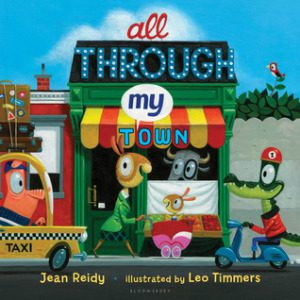 Every once in a while, one of my editors throws me a bone. Not just any old bone, but a big beautiful “our kids’ list needs a book about ‘community'” hambone. When that happens, all other Milk-Bones – I mean, ideas, are pushed aside and I chase after that hambone idea with the gusto of a golden retriever. That’s how my latest picture book ALL THROUGH MY TOWN came to be.
Every once in a while, one of my editors throws me a bone. Not just any old bone, but a big beautiful “our kids’ list needs a book about ‘community'” hambone. When that happens, all other Milk-Bones – I mean, ideas, are pushed aside and I chase after that hambone idea with the gusto of a golden retriever. That’s how my latest picture book ALL THROUGH MY TOWN came to be.
But that’s only every once in a while.
Most often, I’m juggling 5-6 or 11-12 of my “own” picture book ideas. Ideas that come to me on a daily basis from any number of encounters – real or imaginary. Ideas that have survived their initial honeymoon period of inspiration during which I spew thoughts onto scrap paper as recklessly as an unobstructed sneeze.
Even though I have a dreamy cast of critique buddies, rarely do they say, “Jean, work on this project NOW!” or “Shelve this for a while – like forever.” So there I am, bouncing from project to project, wondering which, if any, will earn an editor’s love.
It can be hard to do the hard work without knowing if a particular idea could sell. So how do I decide which idea deserves more attention? How do I choose which manuscript rises to the top of the heap and warrants more focus?
I’ve developed a checklist – a simple list of “yes/no” questions – to test the strength of my picture book ideas. While I’ve used the tool as a quick assessment of an individual idea, I’ve also used it for comparing several ideas across the board, sorting the strong from the weak, if you will. I don’t claim this as the one-and-only, use-this-or-fail-in-the-worst-possible-way, definitive checklist, but it’s one that’s worked for me.
Since the tool involves evaluating my own work, honesty is the key. The questions are not meant to cause argument or critique of the questions themselves. But they are meant to trigger thought, brainstorming and, perhaps, discussion. And when I find myself challenging the importance or validity of one of the answers to these questions, it’s often a sign that I’m getting defensive of a picture book idea that won’t yet cut it in the market.
Certainly the list could be maneuvered and complicated with weights applied to questions based on current market preferences. Or if you’re really into analytics and need a way to further procrastinate, rate your answers 1 through 5 rather than “yes” or “no” and see where that leads you.
But for now, I like to keep it simple and just tally up my “Yeses.” You can bet, when a “No” answer pops up, I explore what it would take in my picture book to turn it around. So far, my little list has steered me in the right direction. I hope it will help you too.
So without further ado …
10 POWER PREMISE QUESTIONS
- Will a kid like it? (Is it part of a kid’s world – real or imaginary? Is it relatable?)
- Is it a completely fresh idea OR a new twist on an evergreen topic?
- Is it a story book or a concept book or something in between? (LIGHT UP THE NIGHT is something in between. It’s a cumulative verse about earth, space and a kid’s sense of place. Which brings me to my next question …)
- Can it be summarized in 1-2 sentences? (Try starting with “What happens when …?” or by answering “What’s the point?”)
- Does it have a commercial hook? (We’re talking “high concept” or out of the ordinary. Does your premise take a risk? Not all picture books have a strong hook, but it’s something I’m always aware of. One of my newer ideas recently jumped to the top of my “to-write” list largely because of its hook.)
- Is it highly visual? (Can you imagine 14 + scenes coming from your story?)
- Does it convey an emotional truth? (Chris Crutcher calls this that “head nod” moment. Does your premise have that?)
- Has it been done before? (Did you research your premise in the market? How is yours different?)
- Does the idea lend itself to fun, imaginative or innovative use of language?
- Does it have a compelling title? (Yes, titles often change during the publication process, but why pass up your first opportunity to catch an editor’s eye?)
By honestly running each of my ideas through this gauntlet of questions, I not only find the one idea that deserves my time and attention, but I clearly see red flags where my other ideas might be weak or need fleshing out. Then pointed in the right direction, I’m ready to take that giant step into writing a brand new picture book.



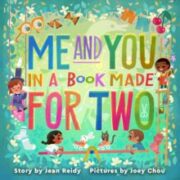
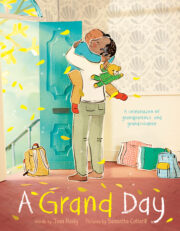
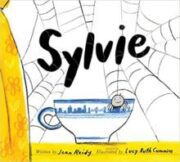
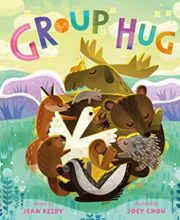
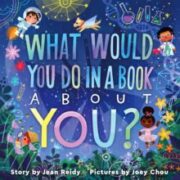

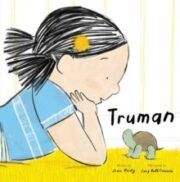
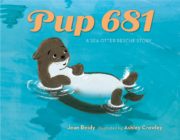

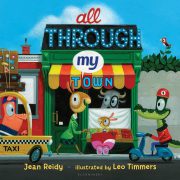
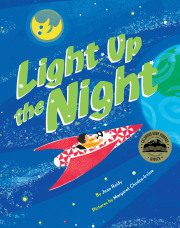
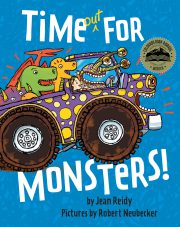
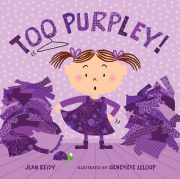
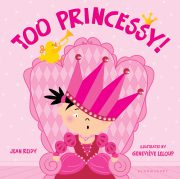

Excellent advise, and you do know.<br /><br />I usually manage all these points, but no.#5 is my weak-link.
Thanks, Mirka. Not all PBs are high concept. It's just something to keep in mind. A quieter concept usually demands an even more stellar showing in the language and illustration categories.
I love the checklist! Definitely going to share it with fellow PB writers!
Great list, Jean – very thought-provoking! Thanks so much for sharing!